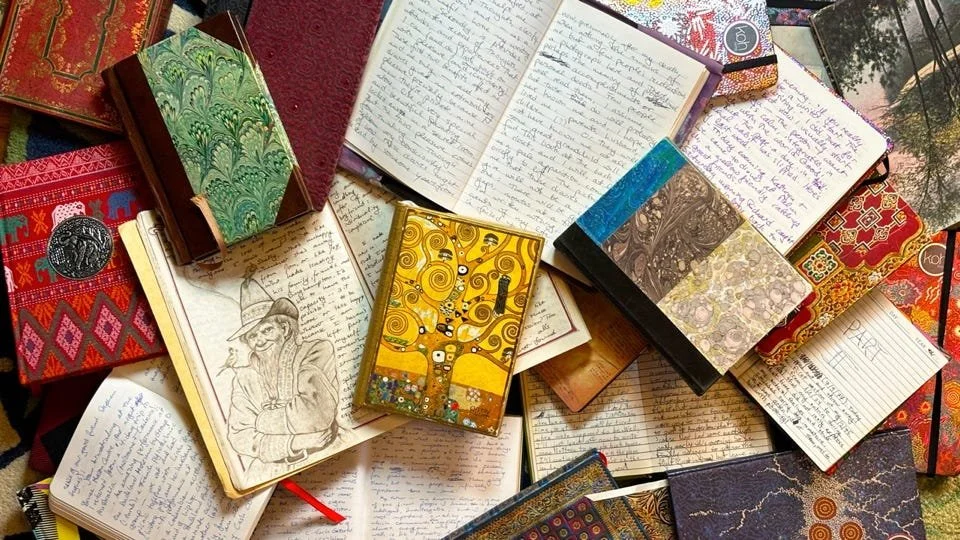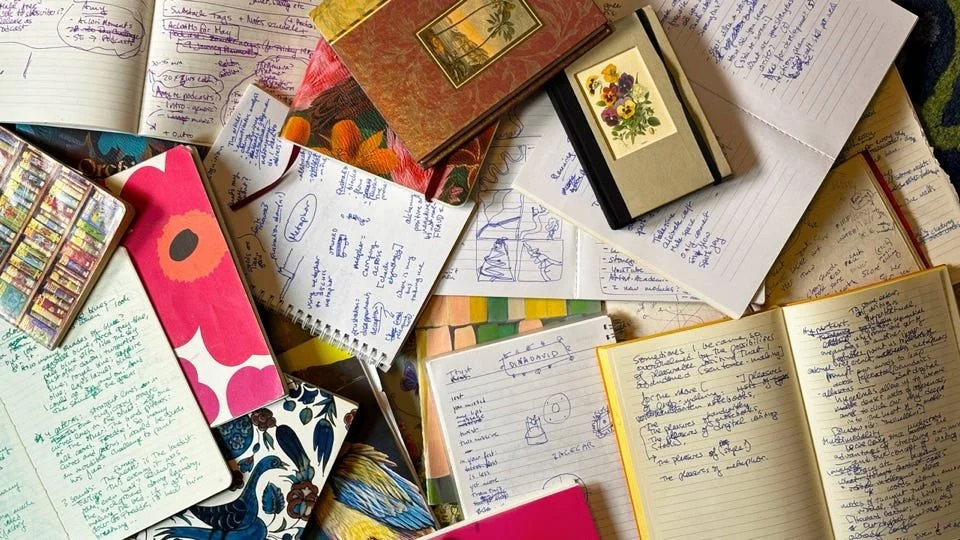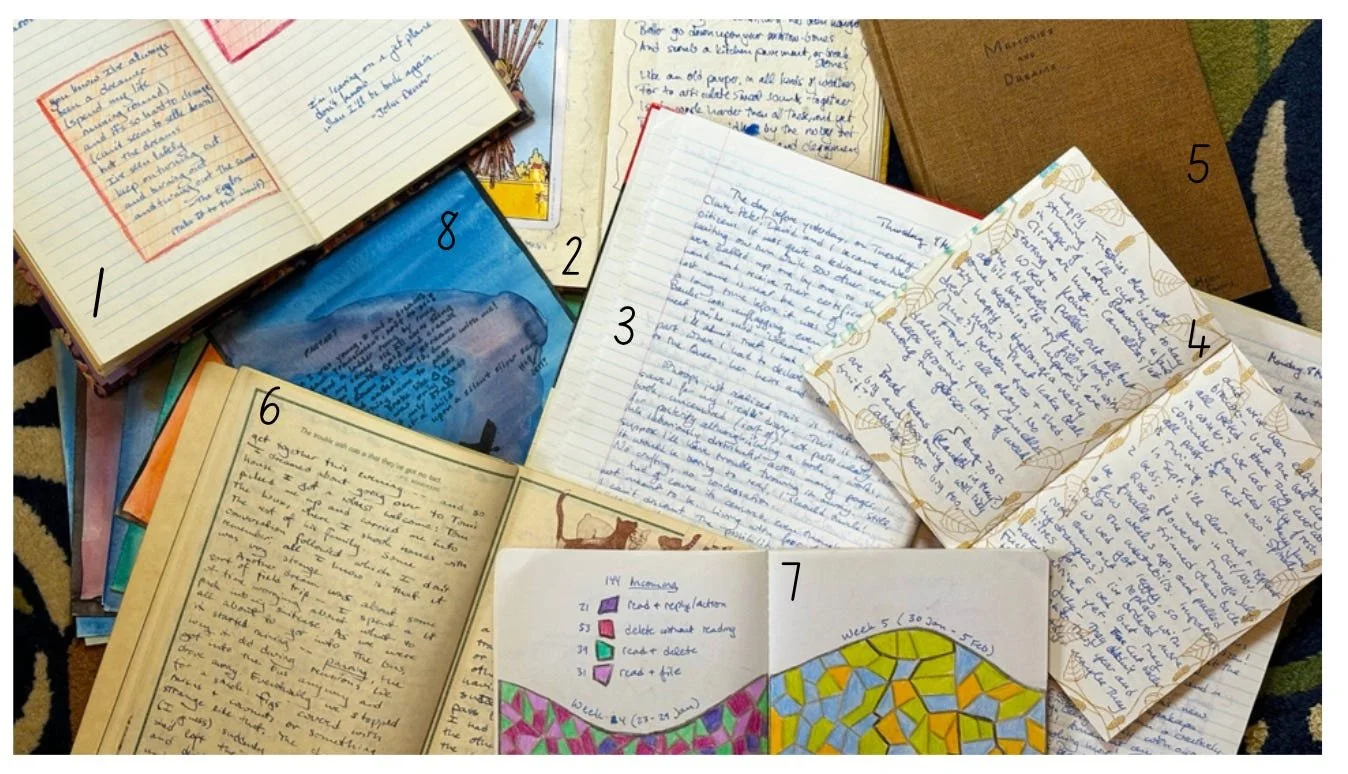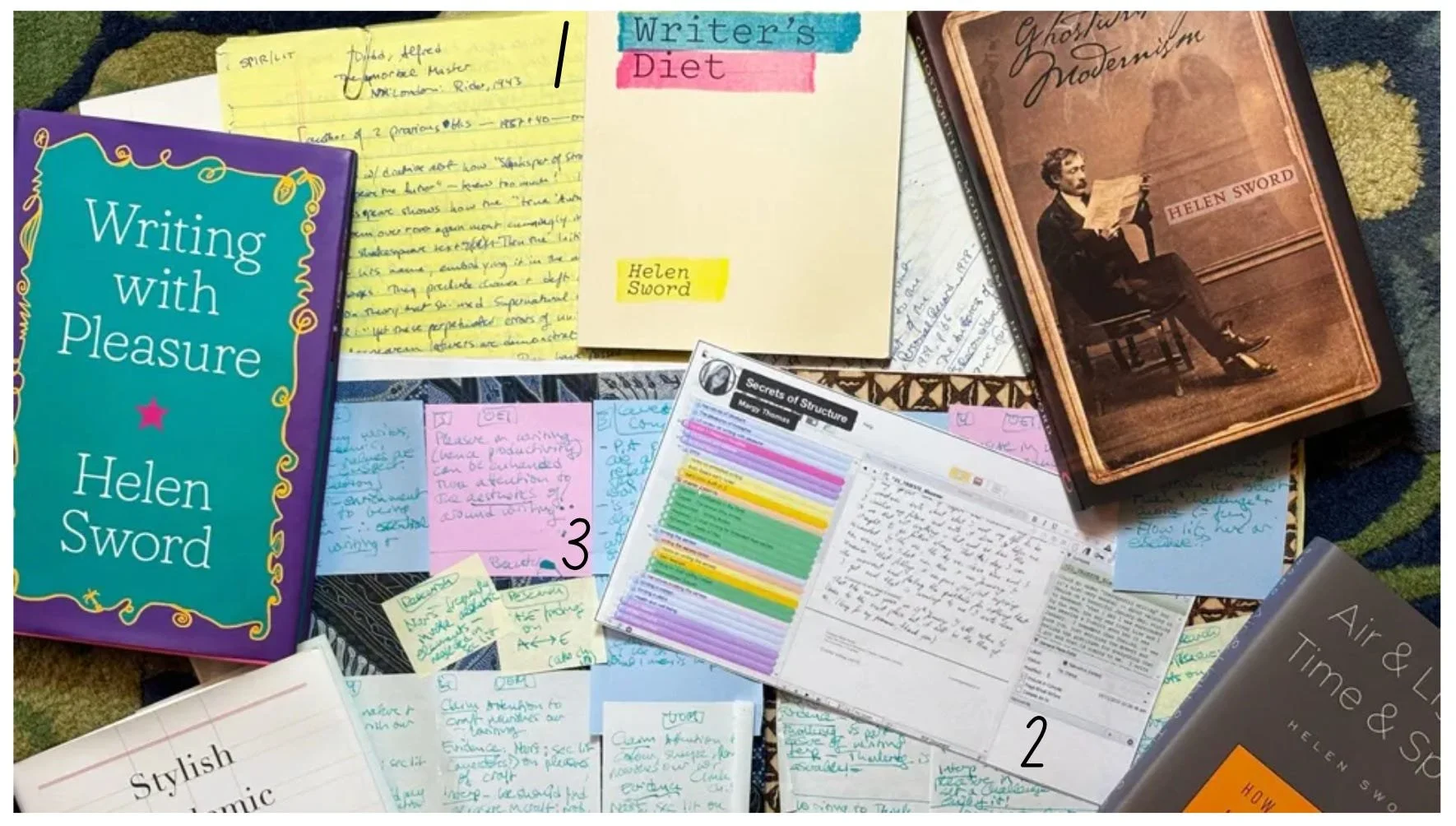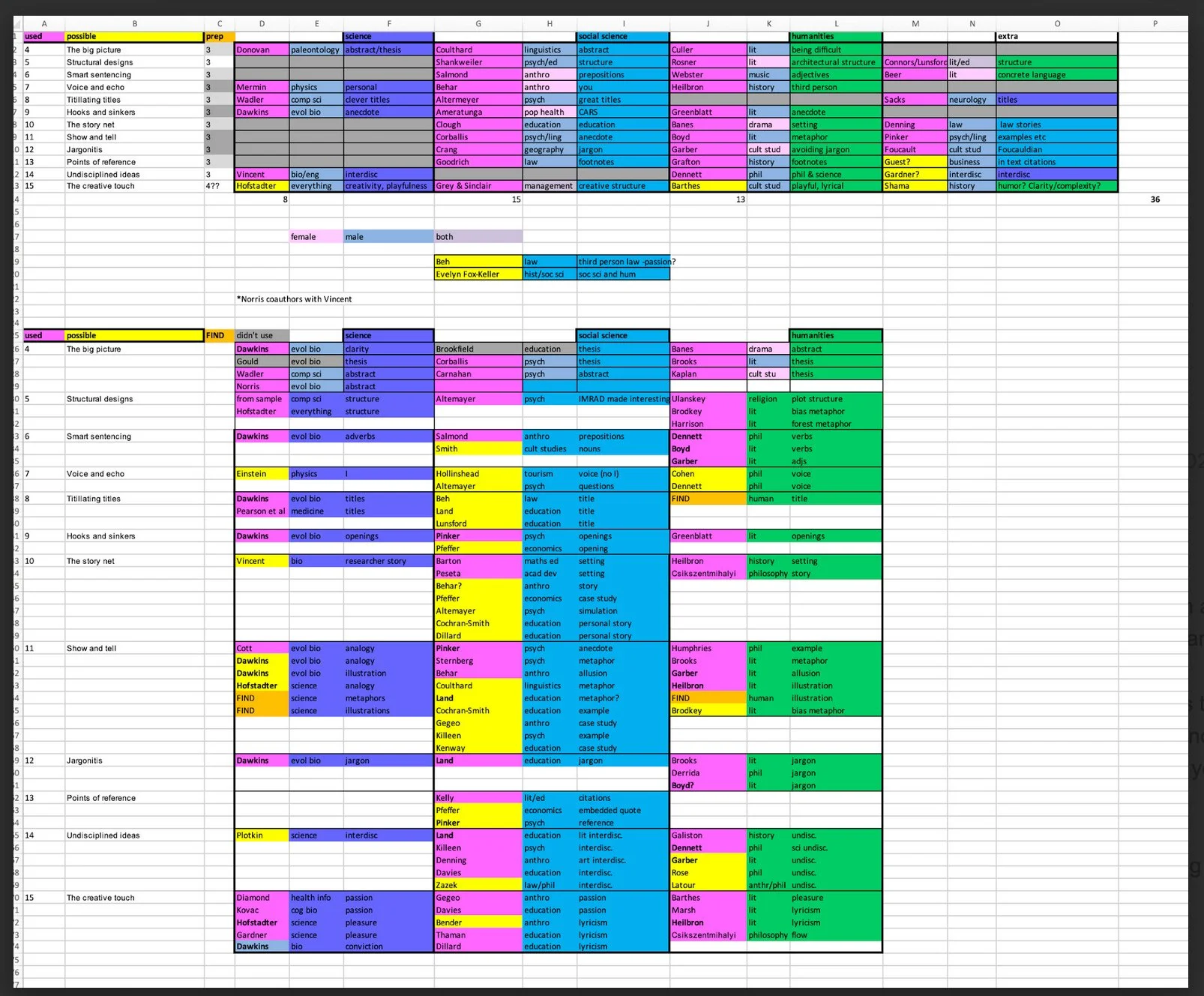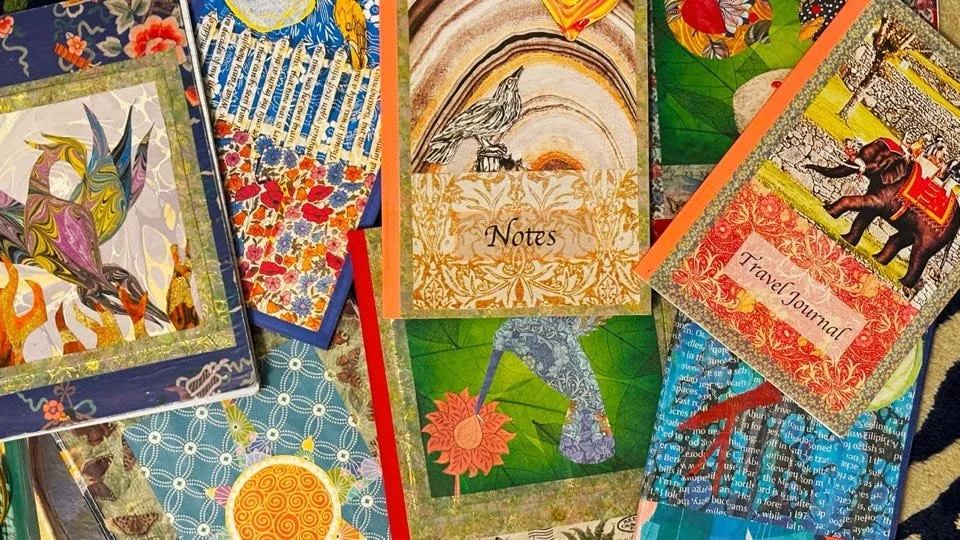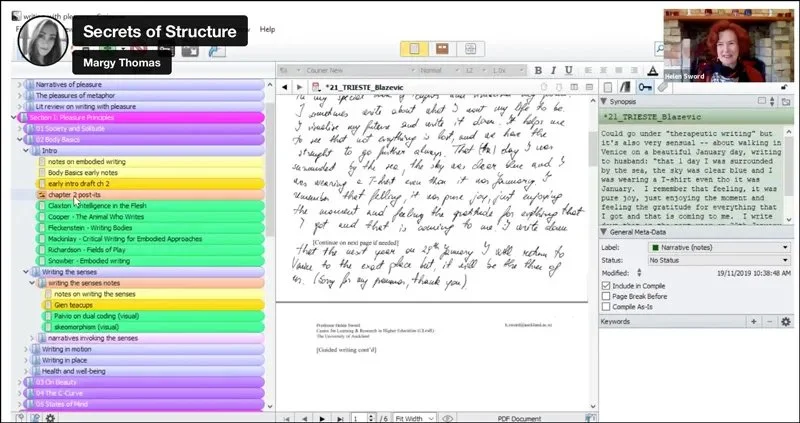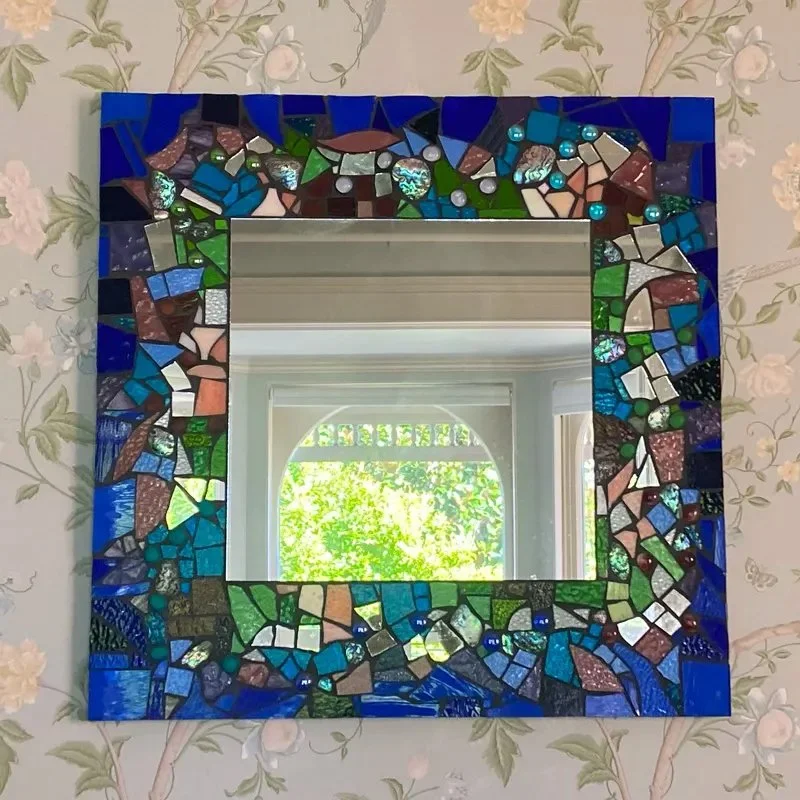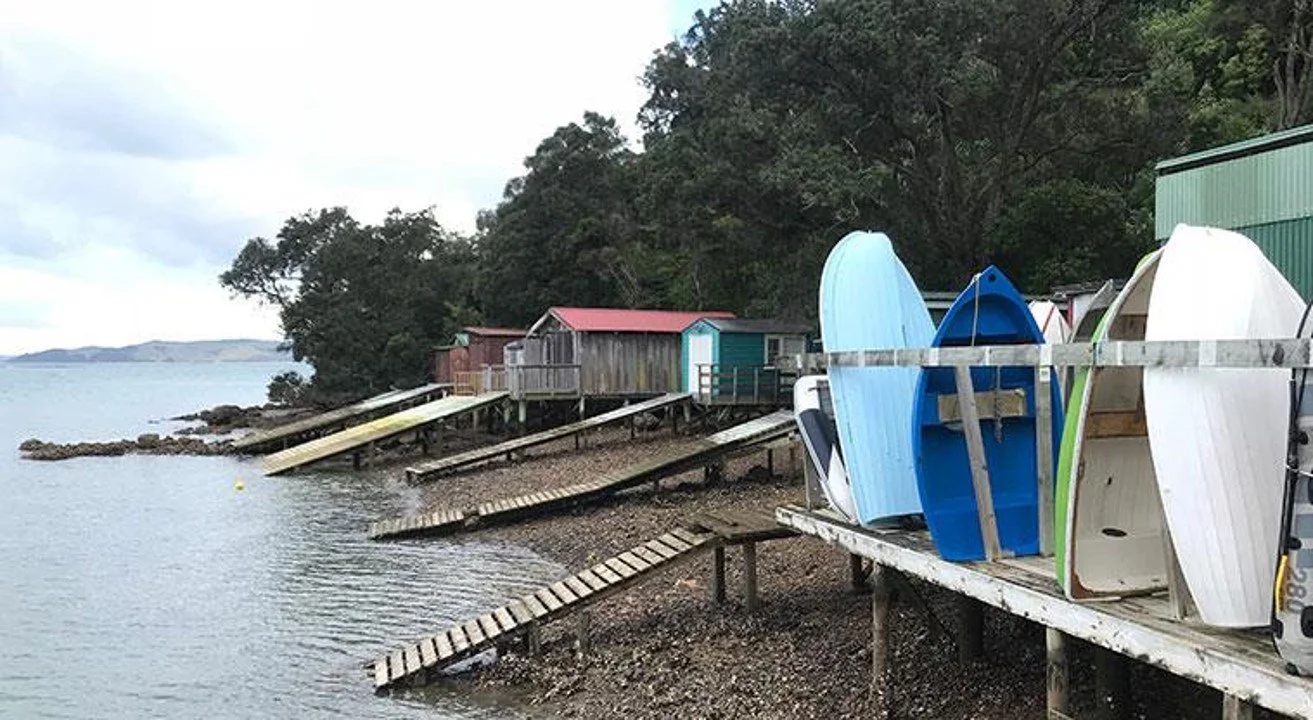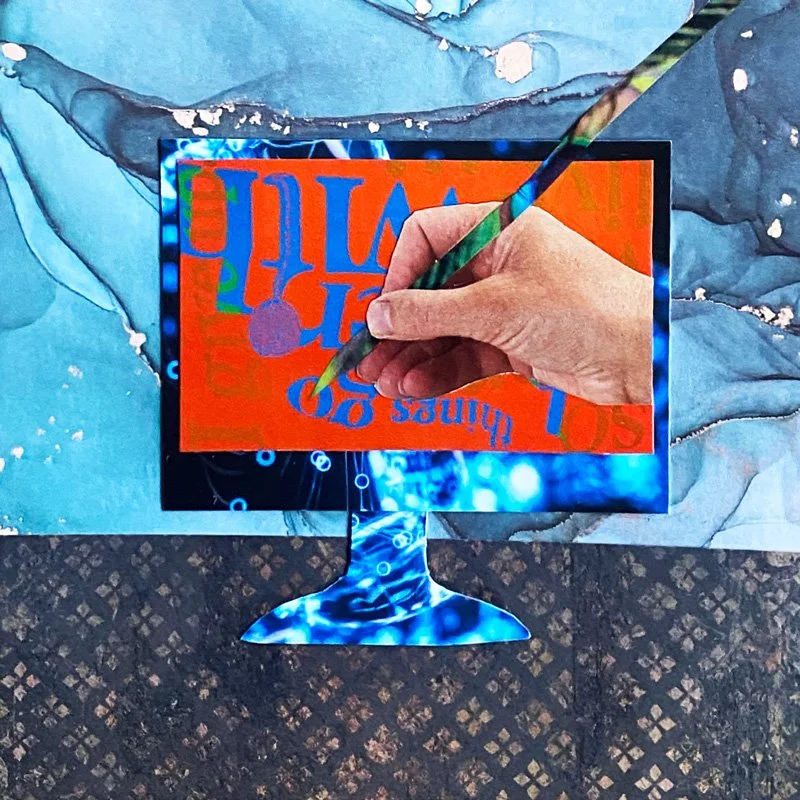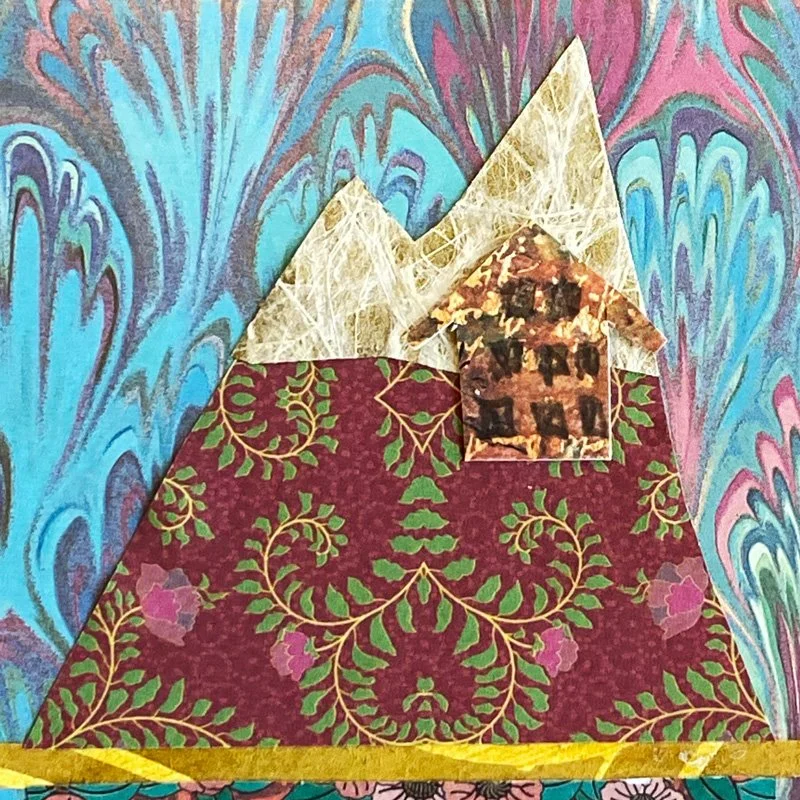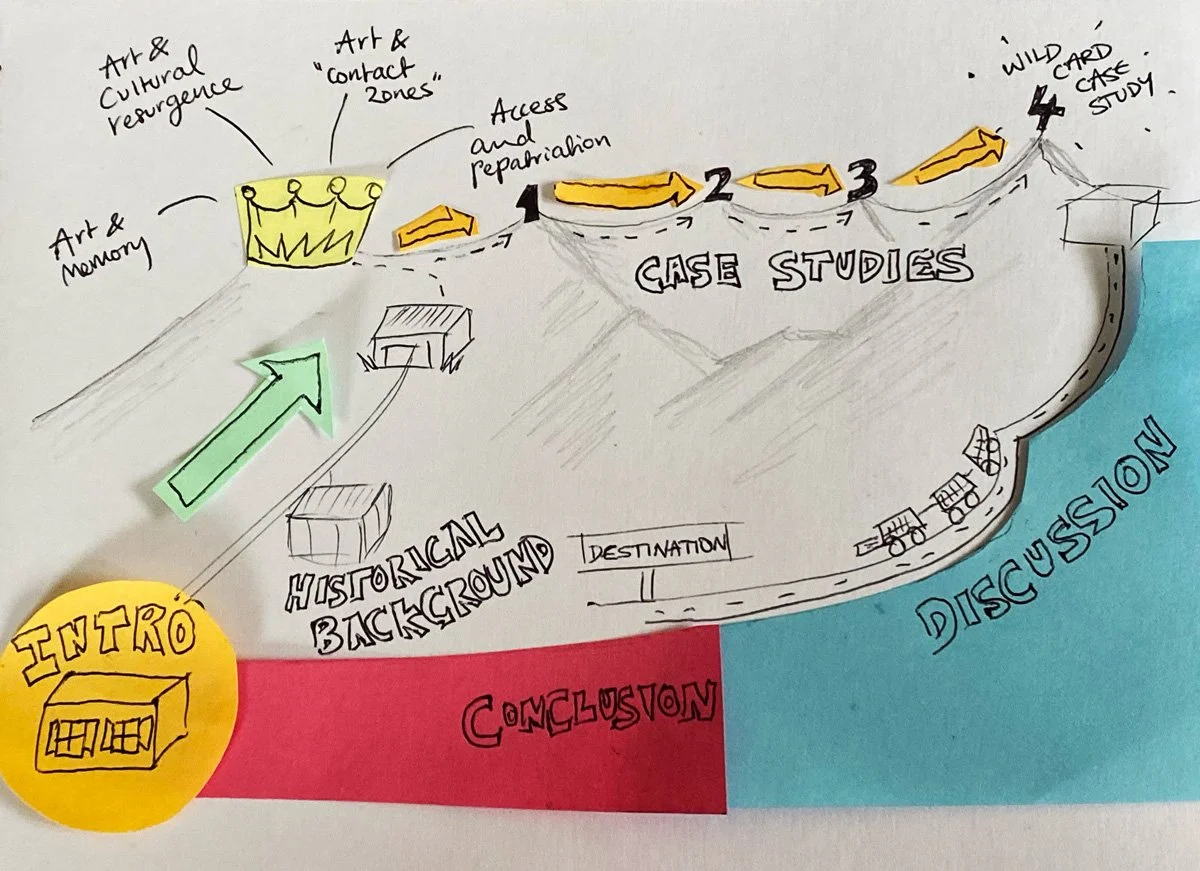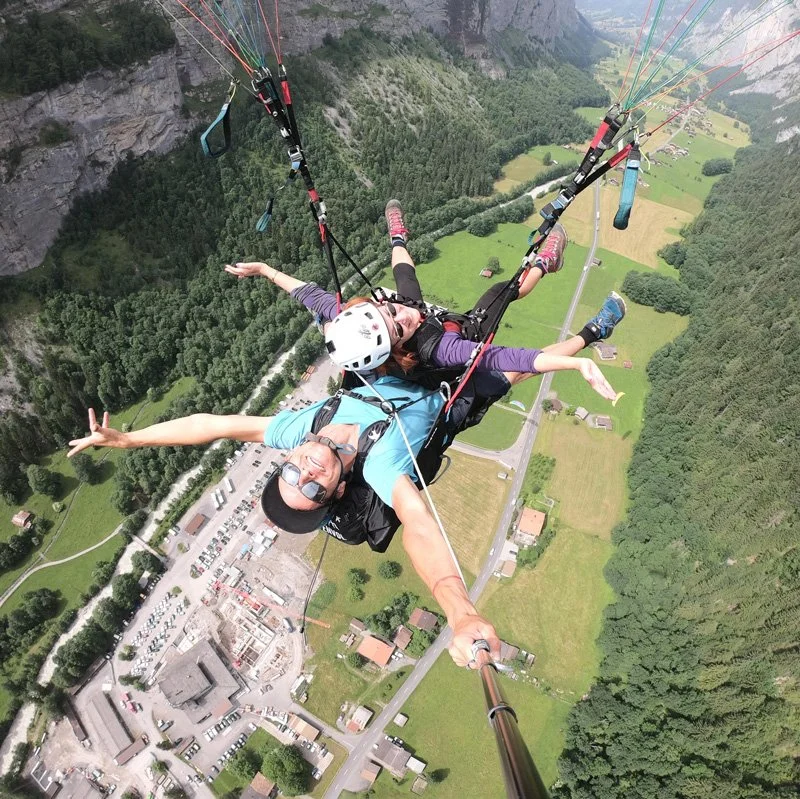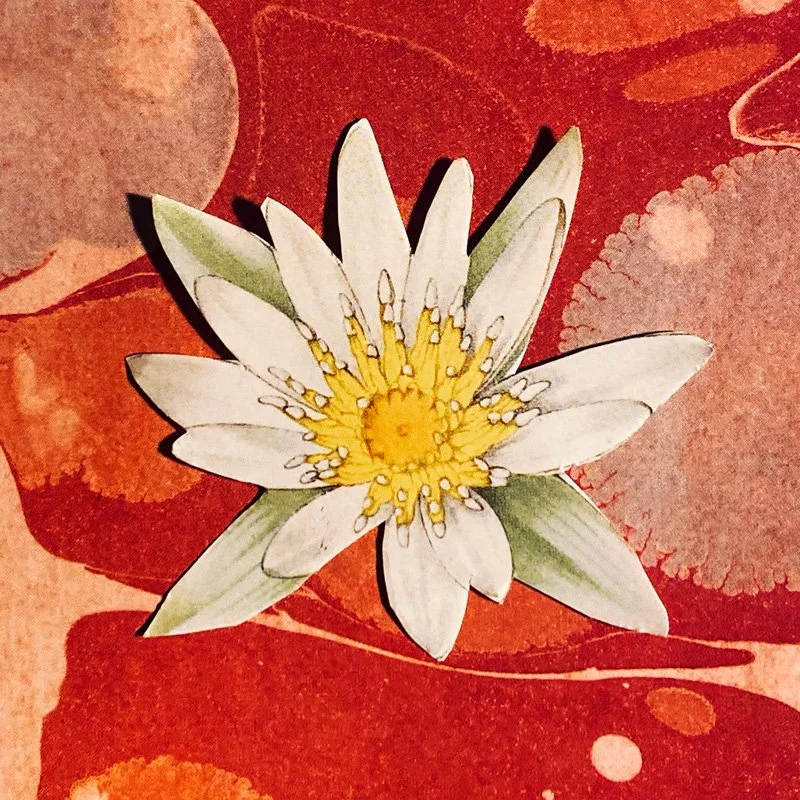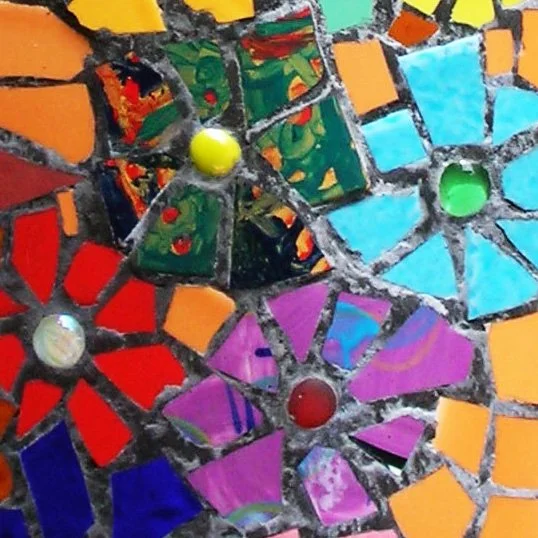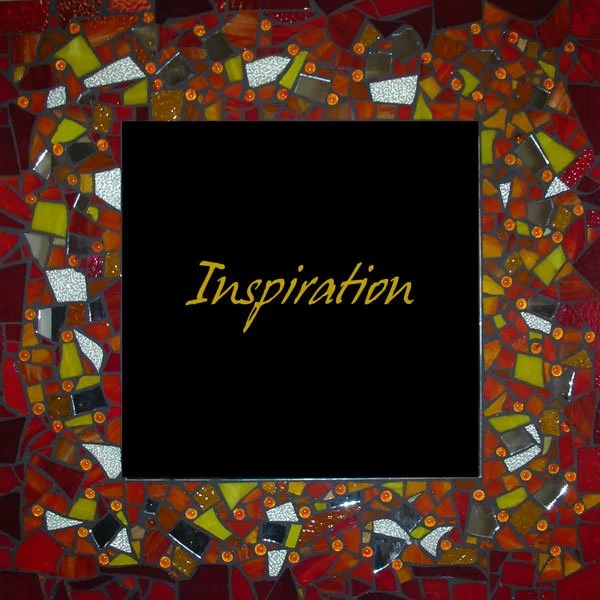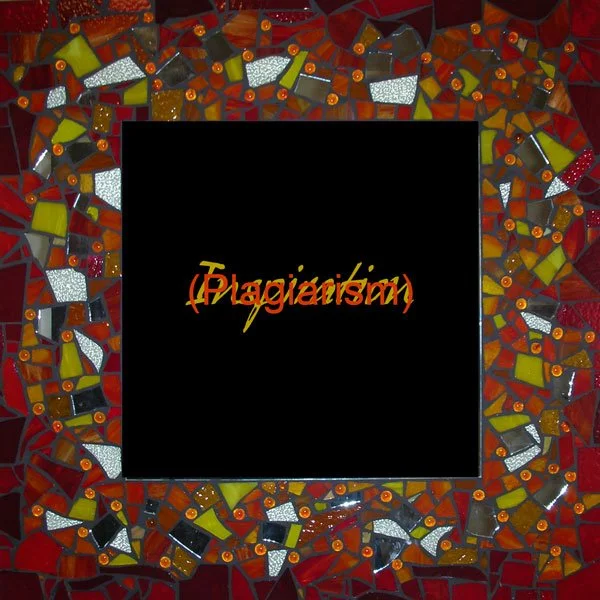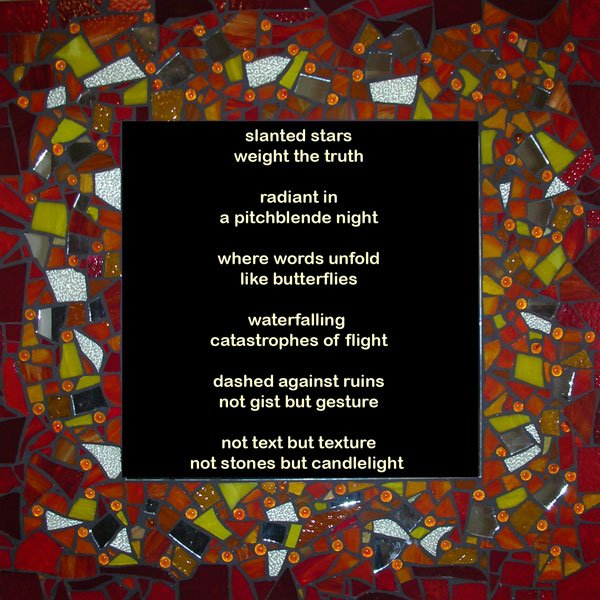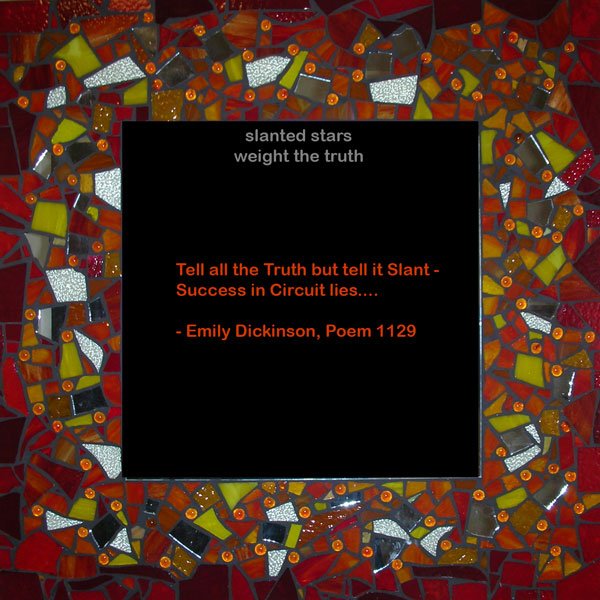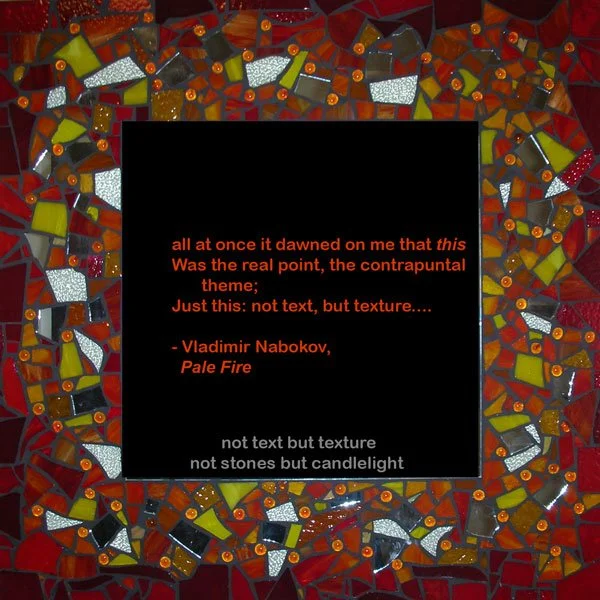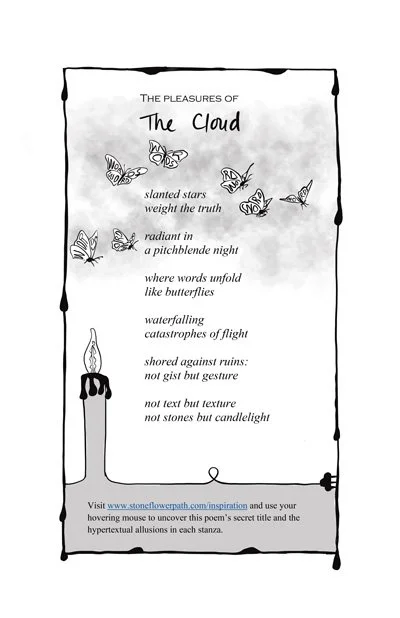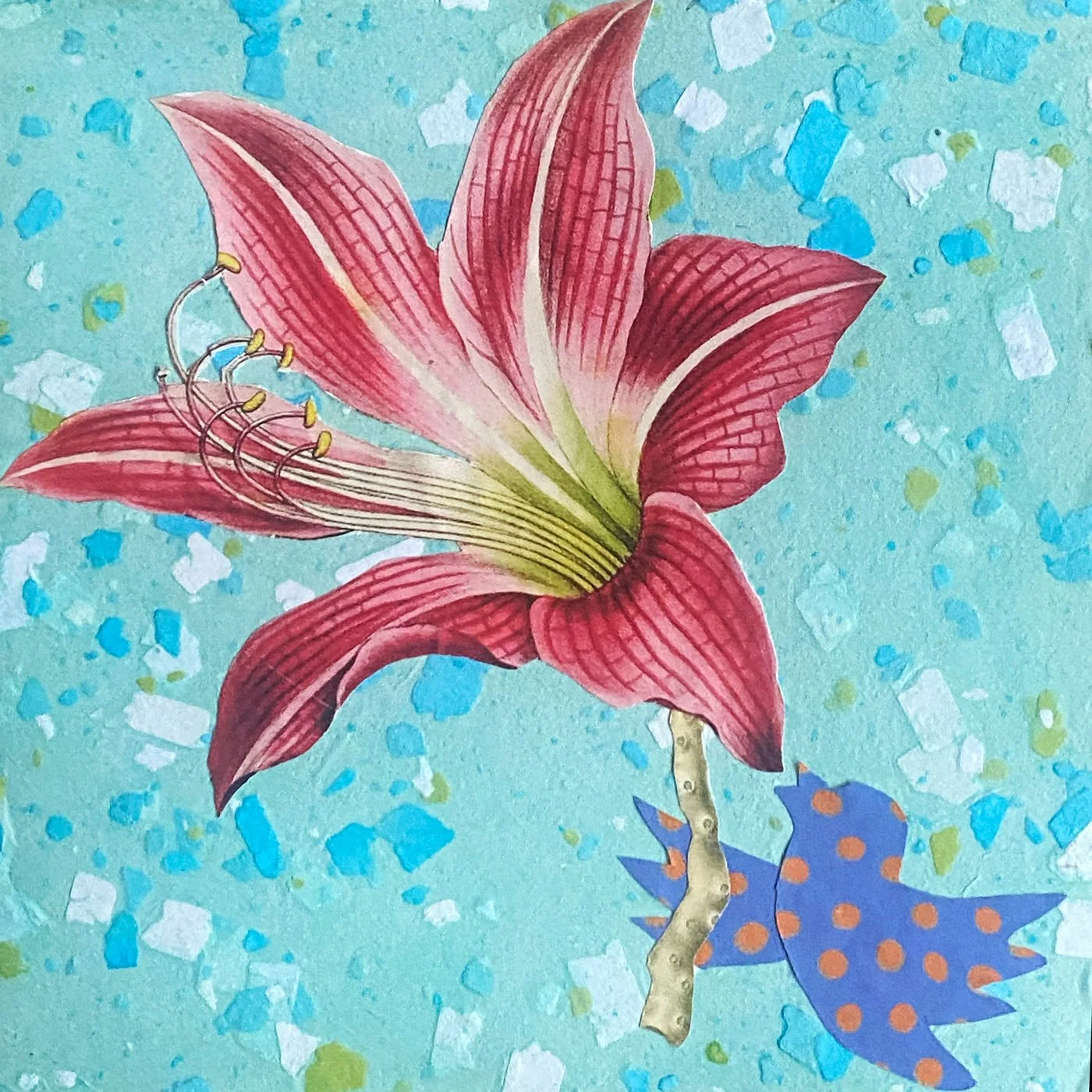In January 2025, I had the pleasure of hosting a vibrant group of writers at my Open Beach House, held during my annual Island Time writing retreat. This Special Event provided the perfect chance to introduce attendees to the retreat space with a virtual tour of stunning Waiheke Island.
Following the tour, we jumped right into a workshop on how to simulate your own retreat mindset for pleasurable writing. What would the ideal writing retreat look like for you? What are the ideal elements of that retreat? How can we bring those elements into our daily writing routines?
Here is WriteSPACE Event Manager Amy Lewis’ personal account of the live event:
……………
This wonderful event invited participants on a shared adventure into the joy of writing and how to simulate your own perfect retreat-like conditions for productive and, most importantly, pleasurable writing.
Helen began the session with introductions and then launched straight into a creative exercise. This session perfectly resonated with the spirit of the Pleasure Catalyst, as the exercise centred on designing a pleasurable writing retreat. Helen encouraged us to measure our retreat ideas against her SPACE model—that is, a space that’s Socially balanced, Physically engaging, Aesthetically nourishing, Creatively challenging, and Emotionally uplifting.
In my mind, Waiheke Island is a retreat venue that attunes to all of these five aspects. Waiheke, tucked away in the Hauraki Gulf of Aotearoa New Zealand, is a laid-back paradise with its serene bays, lush vineyards, scenic bushwalks. I was lucky enough to attend Island Time this year and meet all the kind and interesting writers who came along. For me, Helen’s workshop highlighted the importance of bringing elements from the Island Time retreat into my own daily writing space.
Our vineyard lunch at Island Time 2025
I encourage you to try Helen’s interactive Retreating at Home workshop, which will challenge you to compare the SPACE of your ideal retreat to the SPACE of your everyday writing life.
A big thank you to Helen for this inspiring special event, and warm wishes to all the writers who joined us. I hope to see you all again at the next Live Writing Studio or Special Event!
WriteSPACE and WS Studio members can find the recording of the Special Event in their Video library.
Not a member? Register to receive an email with a link to the video.
Better yet! Join the WriteSPACE with a free 30 day trial, and access our full Library of videos and other writing resources as part of your membership plan.







